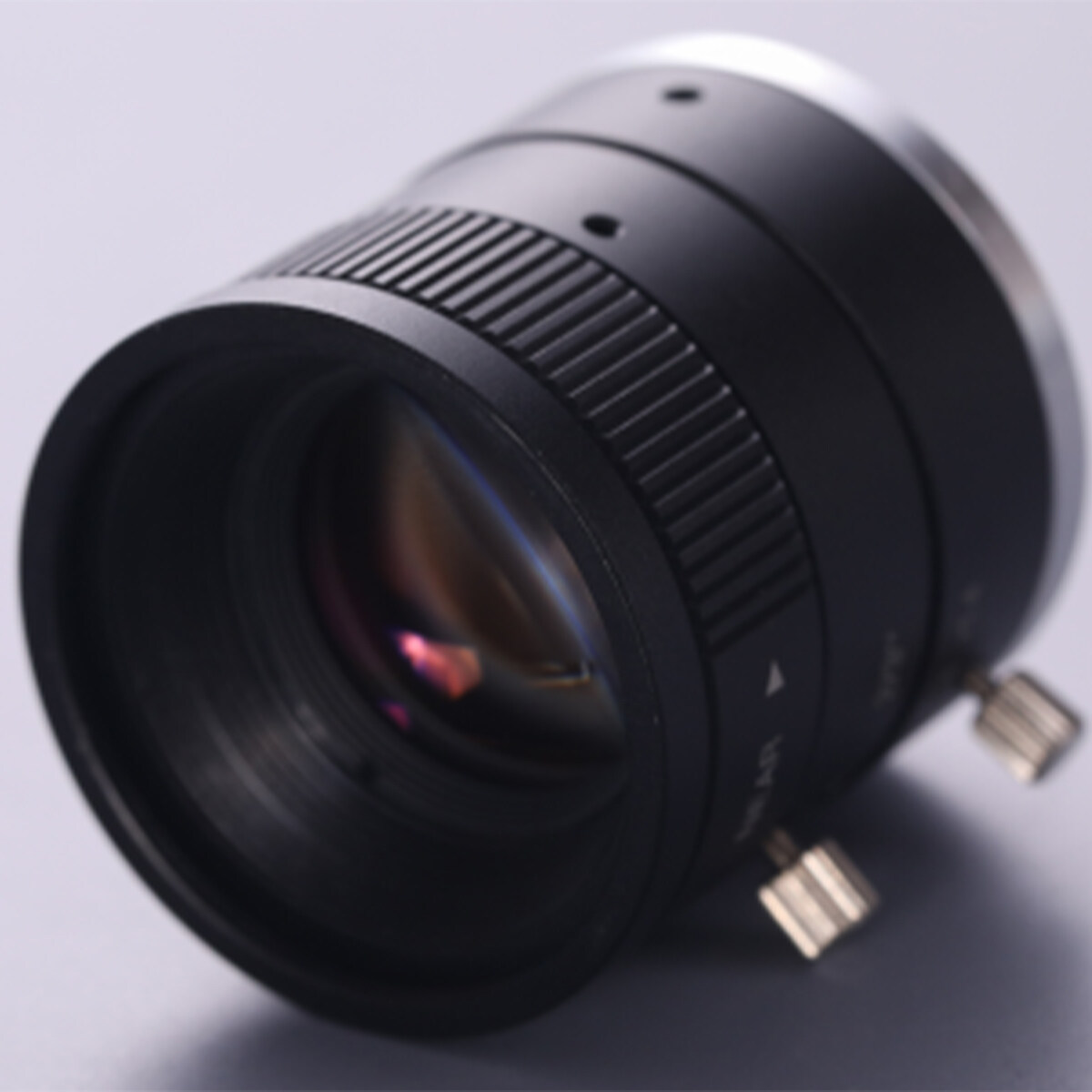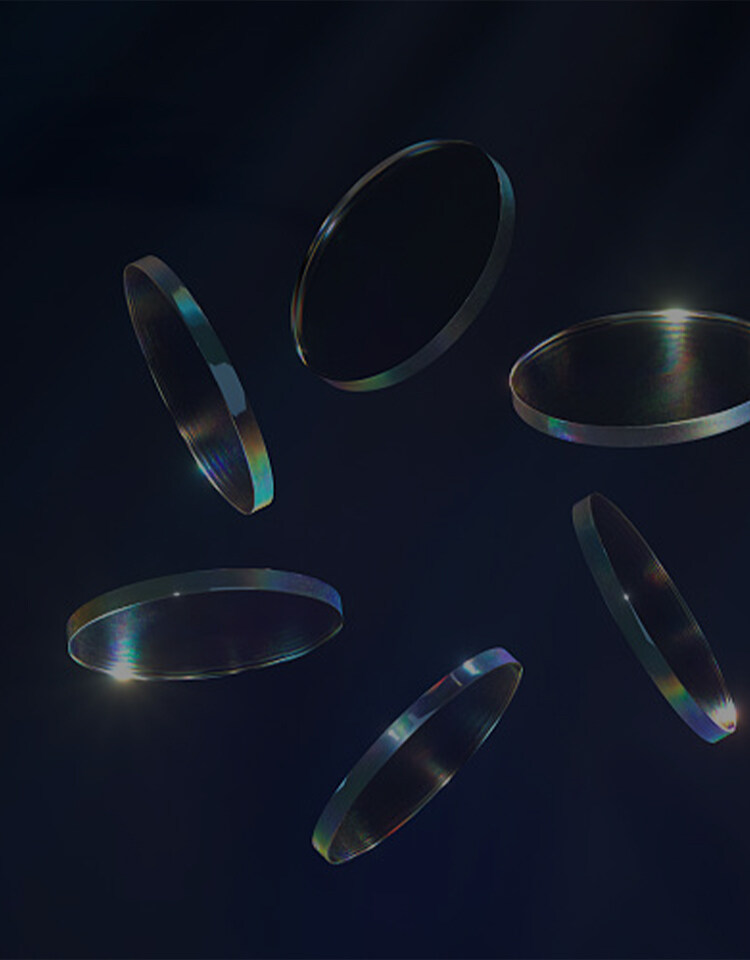Email format error
Email cannot be empty
Email already exists
6-20 characters(letters plus numbers only)
The password is inconsistent
Email format error
Email cannot be empty
Email does not exist
6-20 characters(letters plus numbers only)
The password is inconsistent


Exploring the World of Progressive Lens Design: A Journey into Vision Enhancement
When it comes to modern eyewear, progressive lenses are a remarkable innovation that many people rely on for clear vision at multiple distances. But how do these lenses work, and what makes their design so unique? In this blog, we’ll dive into the fascinating world of progressive lenses, exploring their design, benefits, and the role of the progressive lens design chart in this advanced technology.
What Are Progressive Lenses?
Progressive lenses, also known as no-line bifocals, are designed to provide a smooth transition between different focal points. Unlike traditional bifocals or trifocals, which have visible lines separating the different prescriptions, progressive lenses offer a gradual shift in lens power. This means you can see clearly up close, at intermediate distances, and far away—all through a single lens.
These lenses are ideal for people with presbyopia, a common age-related condition where the eye's lens becomes less flexible, making it difficult to focus on close objects. Progressive lenses help by providing multiple prescription strengths within one lens, allowing for a natural vision experience.
The Science Behind Progressive Lenses
The design of progressive lenses is intricate, involving a careful balance between optics and comfort. The lens itself is divided into several zones:
Distance Zone: This is the top part of the lens and is used for seeing far away. It provides a clear view of objects at a distance, such as when driving or watching TV.
Intermediate Zone: Located in the middle of the lens, this zone is designed for tasks that require mid-range vision, such as working on a computer or cooking.
Near Zone: The bottom part of the lens is optimized for close-up tasks like reading or knitting.
Each of these zones gradually transitions into the next, creating a seamless visual experience. The challenge in designing progressive lenses lies in ensuring that the transition between these different focal points is smooth and natural. This is where the progressive lens design chart comes into play.
The Role of the Progressive Lens Design Chart
A progressive lens design chart is a crucial tool for opticians and lens designers. It serves as a guide for creating lenses with the precise specifications needed to provide optimal vision correction. Here's how it works:
Design Specifications: The chart outlines various parameters such as the lens's curvature, thickness, and the gradient of the power change from the top to the bottom of the lens. These specifications ensure that the lens transitions smoothly between different focal points.
Customization: Different people have different vision needs and preferences. The design chart helps customize the progressive lens to match an individual's specific prescription and lifestyle requirements. This personalization can significantly enhance comfort and visual clarity.
Quality Control: By referring to the design chart, manufacturers can ensure that each lens is produced according to the exact design specifications. This helps maintain consistency and quality across different lenses and batches.

How Progressive Lenses Improve Daily Life
One of the greatest advantages of progressive lenses is their ability to enhance daily life by providing clear vision at all distances. Here are a few ways they make a difference:
Convenience: No more switching between different pairs of glasses for different tasks. Progressive lenses eliminate the need for multiple glasses, making life simpler and more convenient.
Aesthetics: With no visible lines, progressive lenses look like regular single-vision glasses. This can be particularly appealing to those who prefer not to draw attention to their need for vision correction.
Natural Vision: The gradual transition between different focal points means that users experience a more natural vision. This reduces the “jump” effect found in traditional bifocals and helps avoid the awkward adjustments needed when switching between different glasses.
Comfort: Progressive lenses reduce eye strain and provide a more comfortable visual experience, especially during extended periods of use.
Common Myths and Misconceptions
Despite their benefits, there are some myths and misconceptions about progressive lenses. Let’s address a few of them:
“Progressive Lenses Are Hard to Get Used To.” While it’s true that there might be an adjustment period, most people adapt to progressive lenses quickly. The gradual change in lens power is designed to be as natural as possible, making the transition easier.
“Progressive Lenses Are Only for Older People.” While presbyopia is common with aging, progressive lenses can be beneficial for younger people who need multifocal correction. They are a versatile solution for various vision needs.
“Progressive Lenses Are Expensive and Not Worth the Cost.” While they might be more costly than single-vision lenses, the convenience and benefits they offer often outweigh the initial investment. Many people find that the improved quality of life justifies the expense.
The Future of Progressive Lens Design
As technology continues to advance, so does the design of progressive lenses. Innovations in lens materials, manufacturing processes, and digital technologies are paving the way for even more refined and effective progressive lenses.
Digital Lens Design: With the advent of digital technology, lens designers can create highly customized progressive lenses using computer modeling. This allows for precise adjustments and improved visual clarity.
Advanced Materials: New materials are being developed that offer greater durability, lighter weight, and enhanced optical performance. These advancements contribute to better overall comfort and effectiveness.
Personalized Fit: Future developments may lead to even more personalized lens designs based on an individual’s unique visual needs and lifestyle. This could further enhance the adaptability and comfort of progressive lenses.
Conclusion
Progressive lenses are a testament to the incredible advancements in eyewear technology. Their ability to provide clear, comfortable vision at multiple distances without the need for multiple pairs of glasses is a game-changer for many people. The progressive lens design chart plays a crucial role in this innovation, ensuring that each lens is crafted to meet precise specifications for optimal performance.
As we look to the future, the continued evolution of progressive lens design promises even greater enhancements in vision correction and wearer comfort. Whether you’re a longtime user or considering progressive lenses for the first time, understanding their design and benefits can help you make an informed decision and enjoy the clear, comfortable vision they offer.

